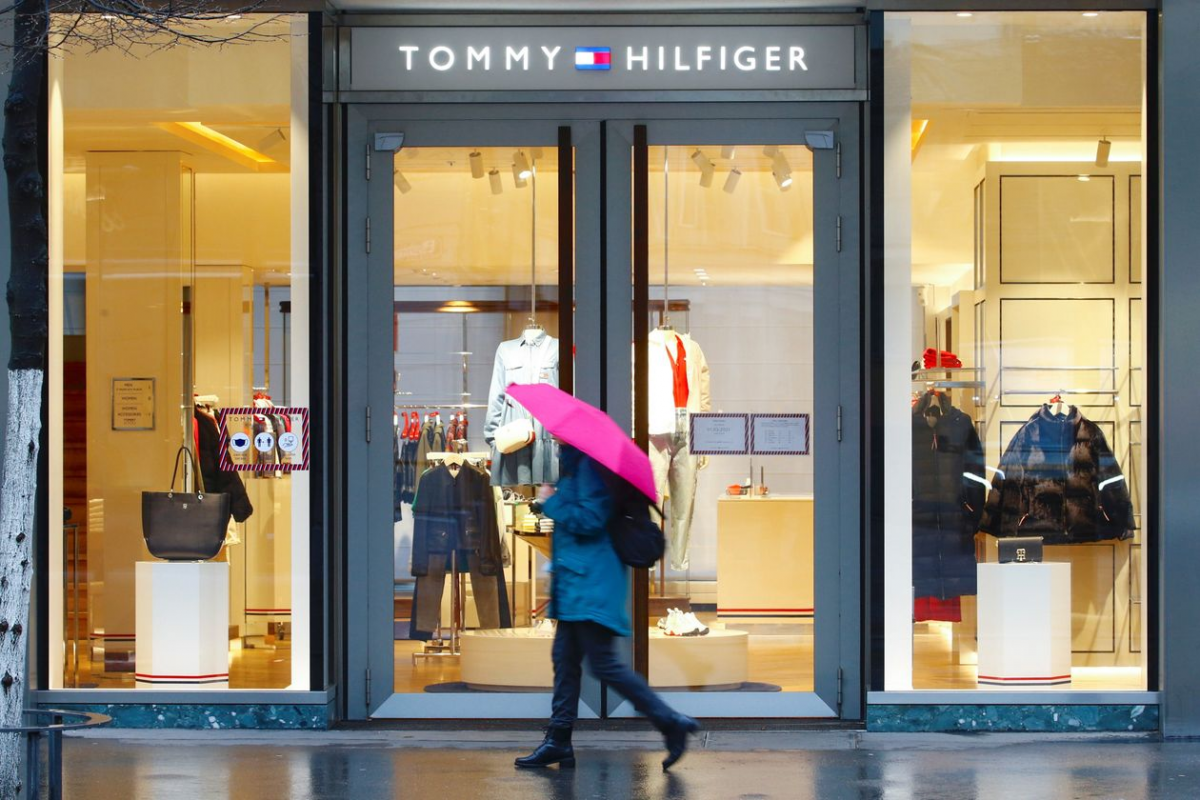The Calvin Klein and Tommy Hilfiger owner is overhauling its inventory management for changes it expects to outlast the upheaval of Covid-19

The owner of Calvin Klein and Tommy Hilfiger found itself with merchandise in all the wrong places when the coronavirus pandemic shut down U.S. clothing stores.
The lockdowns last spring left PVH Corp.’s store inventory marooned on shelves behind locked doors. At the same time, surging e-commerce demand overwhelmed the Indiana warehouse where a logistics provider handled the retailer’s online orders.
Adding to the supply-chain headaches, online sales of loungewear and casual clothing started jumping while interest in office wear dwindled, sending the company scrambling to fill some orders even as other goods sat unsold.
PVH’s solution was to overhaul its inventory strategy in a matter of weeks as it sought to gain new flexibility in a market that had transformed virtually overnight. The company began shipping e-commerce orders from closed storefronts, and at one point even fulfilled some Amazon.com Inc. orders through its stores and warehouses when the online behemoth’s facilities needed room for masks and other pandemic necessities.
Covid-19 lit a fire under the retail industry, accelerating the digital shake-up already under way as e-commerce ate into in-store sales and forced merchants to retool distribution networks in the midst of the pandemic.
Many retailers are still trying to figure out to what extent the changed shopping patterns will outlast the pandemic. But at PVH, many of the operational changes have stuck. The New York-based company is rolling them out in other regions this year under new Chief Executive Stefan Larsson as it looks to keep pace with rapid shifts in consumer behavior in the wake of Covid-19.
“It’s allowed the business to get a better handle on where demand is, where the consumer is shopping, and we’re now going to be nimble about where inventory is,” said Eileen Mahoney, the company’s chief information officer.
PVH sells a range of apparel from jeans to underwear and suits through its own stores and websites and through retailers such as Macy’s Inc. and Amazon. Calvin Klein and Tommy Hilfiger account for the bulk of its sales. The company’s other labels include Van Heusen, Izod and lingerie brands Warner’s and Olga.
PVH generated $5.04 billion in revenue in the first nine months of 2020, down 31% from the year-before period as Covid-19 restrictions battered in-store sales and drove shoppers online. Sales through PVH’s directly owned and operated e-commerce businesses rose 70% in the period, partly offsetting the declines in other distribution channels, the company said.
Before the pandemic, PVH segregated its inventory by sales channel, sending some goods to stores, holding wholesale merchandise in its warehouses and pulling online orders from yet another pool dedicated to e-commerce.
That didn’t work during lockdown.
“Retail stores aren’t meant to close,” Ms. Mahoney said. “Not only was our third-party warehouse not prepared to meet all the volume, they didn’t have the inventory available.”
To fix that, PVH used technology from its longtime supply-chain software provider, Manhattan Associates Inc., to show where products were across those separate merchandise pools as the sales team tracked changes in demand.
“You could see where across North America you had inventory that could be used,” Ms. Mahoney said. “Was it sitting in stores? In our own operated and owned warehouses?”
PVH began testing the use of some stores as mini fulfillment centers in mid-April. The company selected locations with the most available inventory and began training staff to pack online orders.

Manhattan’s software gave online shoppers access to store inventories, and routed orders depending on factors including the customer’s location and whether the entire order could be fulfilled through a single store. PVH also updated its agreements with parcel carriers “because there was a lot more freight coming out of the stores when UPS and FedEx delivered,” Ms. Mahoney said.
PVH also set up separate e-commerce fulfillment areas at two of the company’s warehouses to bolster efforts by its outside fulfillment provider. Workers used to handling pallets and cartons of merchandise began picking individual items. The company used Manhattan’s order management software to limit the volume of online orders flowing to the warehouses while staff got up to speed.
The company’s total digital sales rose 36% year-over-year in the third quarter, the most recently reported financial figures, with 70% growth on PVH’s owned sites, Mr. Larsson, then the company’s president, said on a Dec. 3 earnings call.
This year PVH plans to apply the same inventory approach to its operations in Asia, and roll it out in Europe and Australia over the next 12 to 18 months.
“This is now the new way we’re operating,” Ms. Mahoney said.
Write to Jennifer Smith at jennifer.smith@wsj.com

 Tiếng Việt
Tiếng Việt